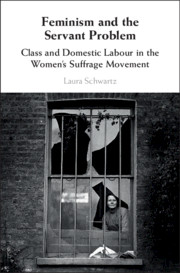A broad gap exists between “God’s eye” transit maps from above that experts draw and how domestic workers map their commutes in Bogotá and Medellín, Colombia, through a street-level approach. Based on fieldwork conducted in both cities between 2017 and 2018, including interviews, participant observation, and social cartography, this translational article brings domestic workers’ understanding of the city they traverse daily vis-à-vis how experts conceive modern and rational public transportation systems. Delving into the literature on cartography, the Right to the City (RtC), and feminist geography, the study analyzes this gap and finds how it limits an effective RtC for this massive group of female commuters. It further provides public policy recommendations to address the gap and ensure RtC for all.
